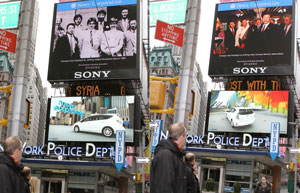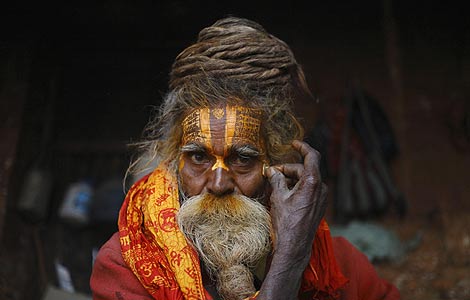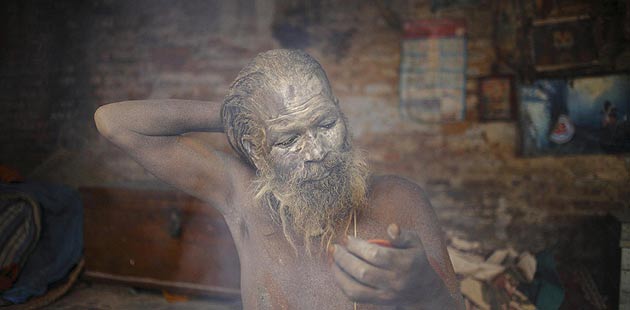Forbidden City still lures inquisitive public
Updated: 2012-02-16 09:54
By Tang Yue, Zhang Yuchen and Wu Wencong (China Daily)
|
|||||||||
Shan, who was named the museum's new curator last month, on Tuesday dismissed the idea, saying that the area will be used for small exhibitions and seminars.
Built roughly 260 years ago, the Jianfu Palace Garden, in the northwest corner, used to be filled with rare treasures collected by the emperor and his family, but was destroyed by a fire in 1923.
A State-funded project to renovate the area began in 1999 and finished six years later. Since then, it has been used to host high-level banquets for foreign guests, academic exchange activities and news conferences.
However, on May 11, Rui Chenggang, a news anchor for China Central Television, wrote on his micro blog that the garden would be opened as an exclusive club for just 500 members. This was later supported when a copy of the membership agreement was posted on the Internet, along with a list of people who attended the opening ceremony.
That same day, police announced that they had captured the thief who had stolen nine precious items from a temporary exhibition at the Palace Museum. He had been on the run for 58 hours.
Shi Baikui, a 27-year-old farmer from Shandong province, with only a primary school education, had managed to flee with gold purses and jewel-encrusted cosmetics cases worth a total of 10 million yuan ($1.5 million), despite a security force of 240 people, 10 sniffer dogs, at least 1,600 alarms, 3,700 smoke detectors and 400 surveillance cameras.
The morning after the raid, police found a large hole in a wall of the Hall of Abstinence. It was the first time the museum had reported a theft in two decades.
It proved the beginning of a difficult time for the managers of one of the world's most famous museums.
On May 13, two days after Shi was detained, a banner presented to Beijing's public security bureau by the Palace Museum in thanks for their work in catching the thief was criticized when people noticed that one of the Chinese characters was incorrect.
The museum initially refused to admit the mistake. However, three days later, it issued an apology on its micro blog, saying the banner had been made by workers from the security department and had not been approved beforehand by the leadership.
Contact reporters at zhangyuchen@chinadaily.com. cn, tangyue@chinadaily.com.cn, wuwencong@chinadaily.com.cn
Hot Topics
Wu Ying, iPad, Jeremy Lin, Valentine's Day, Real Name, Whitney Houston, Syria,Iranian issue, Sanyan tourism, Giving birth in Hong Kong, Cadmium spill, housing policy
Editor's Picks

|
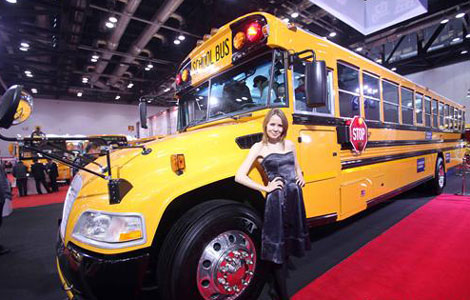
|

|
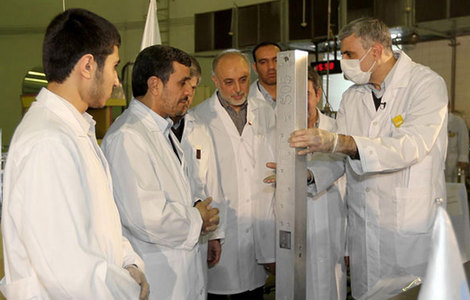
|
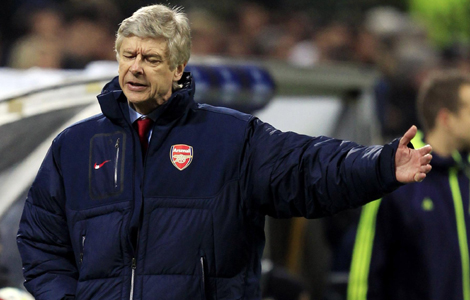
|

|

